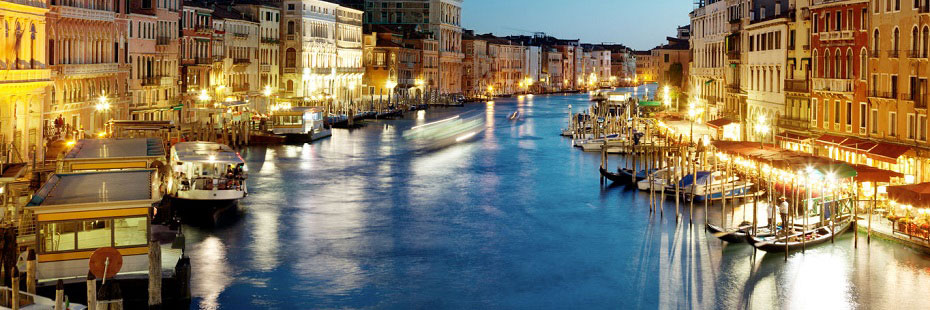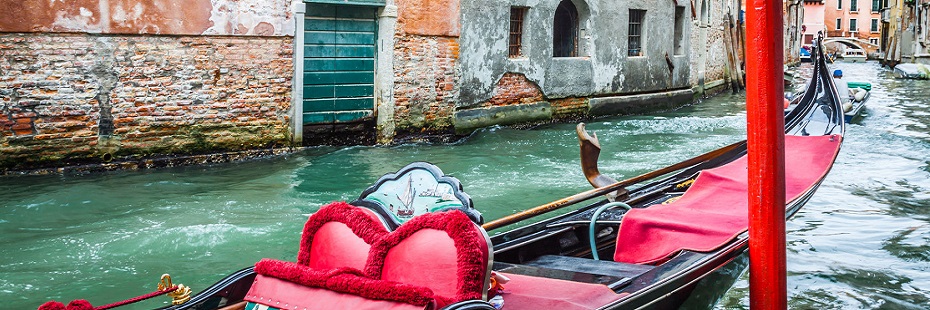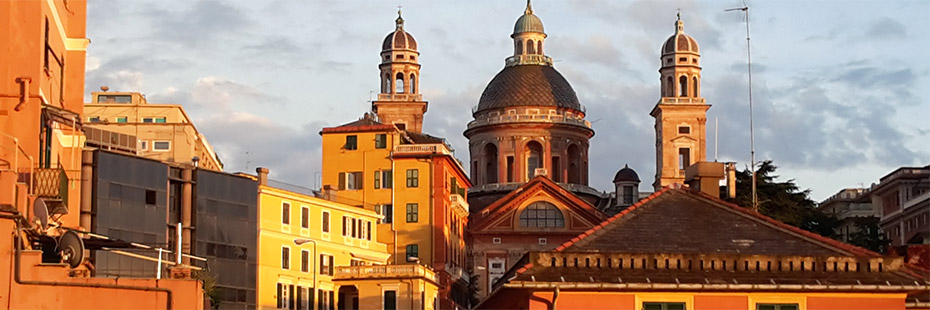 |
|
COSTIERA
AMALFITANA |
AMALFI
COAST |
La famosa strada costiera, completata nel 1852, copre una distanza di 37,6 chilometri, da Vietri sul mare vicino a Salerno a Positano verso ovest, lungo la costa meridionale della penisola Sorrentina. Una delle strade più panoramiche d'Europa, tagliata nella roccia, piena di curve, abbarbiccata a un'altidune fra i 25 e i 200 metri sul lato della montagna a strapiombo sul mare, a mala pena capace di smaltire il traffico locale. La si può percorrere nei giorni feriali in inverno, ben difficilmente in estate o nei fine settimana. |
The famous coastal road was completed in 1852, measuring 37.6 kilomters, from Vietri sul Mare near Salerno to Positano to the west along the south shore of the Sorrentine peninsula. One of Europe's most beautiful roads, cut through rock, winding and twisting at altitudes from 25-200 meters along the side of the mountains that drop straight to the sea, it can barely accomodate the normal local traffic. You can drive it on week days in winter months, hardly ever in summer or weekends. |

|
|
| Gli antichi e famosi paesi incuneati nel fianco di montagne vulcaniche alte fino a 1000 metri, appesi sopra il mare, sono una sfida all'ambiente, ma allo stesso tempo in armonia con esso. I diversi stili architettonici, bizantino, romanico, barocco, rococò e neo-classico sembrano naturali. Ogni paese merita una descrizione. Vietri famoso per le ceramiche vivacemente dipinte. Ravello, a 300 metri sopra il mare, con le magnifiche chiese, notevoli vigneti e ville nobili. E Amalfi, la ex-repubblica marinara, risalente al quarto secolo a.C. | The famous old towns wedged in the sides of 1000 meter high vulcanic mountains and hanging over the sea are a challenge to the environment, yet in great harmony. The diverse architectural styles, Byzantine, Romanesque, Baroque, Rococo and Neo-Classic seem natural. Each town merits a description. Vietri famous for its gayly painted ceramics. Ravello 300 meters straight up from sea level, with its magnificent churches, important vineyards and noble houses. And Amalfi, the former powerful city-state, dating back to the 4th century b.c. |
| Siamo diretti a Positano. La "perla della Costiera Amalfitana" ha dato origine a un culto. Gli "amanti di Positano", per i quali la vicina Capri è un manicomio per i ricchissimi e i turisti giornalieri con il cestino del pranzo. La città verticale di Positano non è confrontabile con Rimini, o le spiagge di Venezia, la Riviera e la Costa Azzurra. | But we're aiming for Positano. The "pearl of the Amalfi Coast" has created a cult. A class of "Positano lovers", for whom nearby Capri is a mad house for the filthy rich and for day tourists carrying bag lunches. The vertical town of Positano is not comparable with Rimini, or the beaches of Venice, the Riviera and the Costa Azzurra. |
POSITANO |
POSITANO |
 |
|
| Positano è un'altra cosa. Una città elegante e quieta. Anche difficile da raggiungere. Una città verticale di gradini, gradini, gradini, da un livello all'altro. Visitando un amico, o andando a comprare il giornale, bisogna sempre salire e scendere. Montagna e mare. Entrambi sono presenti. È un amore a prima vista. I napoletani benestanti furono i primi a venire, prima che i turisti inglesi la scoprissero insieme agli artisti russi come i coreografi Leonid Massine e Rudolf Nureyev. Anglo-sassoni e francesi abbondano oggi. Tedeschi e scandinavi si sono associati. Positano rappresenta il lato nascosto della Luna rispetto a Napoli. | Positano is another concept. A town of grace and quiet. Even hard to reach. A vertical town of steps, steps, steps, from one level to the next. You go to visit a friend, you go buy the newspaper, and you either go up, or down. It's mountain and sea. Both are ever present. It's a passion. Rich Neapolitans first came here, before English tourists discovered it together with Russian artists like choreograph Leonid Massine and Rudolf Nureyev. Anglo-Saxons and French abound today. Germans and Scandinavians have joined the club. Positano today is the other side of the moon from Naples. |
| I visitatori abituali arrivano a Positano nello stesso periodo ogni anno. Le loro prenotazioni sono permanenti. Un amico di Parigi e la moglie svedese non hanno mancato un maggio da 15 anni, sempre nello stesso albergo a metà della collina. Ma gli amanti di Positano non amano parlarne. Come John Steimbeck vogliono tenerlo segreto. "L'impulso è quello di nascondere un posto bello come Positano," scrisse l'autore americano. "Se lo dico, sarà affollato dai turisti che lo rovineranno, gli abitanti si chiuderanno in se stessi, ed ecco che il luogo magico se ne è andato all'inferno." | Positano regulars come at the same time every year. Their reservations are permanent. A friend from Paris and his Swedish wife have not missed May in Positano for 15 years, always in the same hotel halfway up the hill. Yet Positano lovers don't like to talk about it. Like John Steinbeck, they want to keep it secret. "The impulse is to conceal a place as beautiful as Positano," wrote the American author. "If I tell, it will become crowded with tourists and they will ruin it, the local people get touristy and there's your lovely place gone to hell." |
| Non successe mai. Positano ha resistito. I suoi 3000 abitanti vivono di turismo, ma non è un turismo di massa. Forse perché c'è così poco spazio. Può ospitare solo un numero limitato di visitatori, che si devono necessariamente adattare all'ambiente. | It never happened. Positano resisted. Its 3000 people live on tourism, but it's hardly touristy. Maybe because there's so little room. It can accomodate only a limited number of visitors. And they somehow adapt to the environment. |
| Oppure perché è qualcosa di più di un luogo di mare. Le spiagge sono strette e sassose nella piccola baia incuneata fra pareti di roccia. O forse perché si vive all'ombra della montagna impervia. Al posto di prendere il sole tutto il giorno sulla spiaggia, si vive al sole, camminando, sedendosi nei caffè abbarbiccati sulla collina o sui balconi degli alberghi. | Maybe because it's more than a seaside resort. The beaches are narrow and rocky, in the small inlets wedged in between rocky cliffs. Or because you live under the shadow of the rugged mountains. Rather than day-long sunbathing on the beach, you live in the sun, walking, sitting in caffes perched on the hill or on high-hanging hotel balconies. |
 |
|
| I romani da lungo tempo fanno 300 chilomentri per venire a Positano ogni primavera ad acquistare la famosa "Moda Positano". Vestiti leggeri estivi e da spiaggia, disegnati e prodotti dalle centinaia di artigiani locali. Da slanciati vestiti, bluse, bikini a sandali e scarpe estive, fino ad eleganti vestiti da sera. Luca Vespoli, un cognome importante a Positano, mi racconta che alcuni ricchi arabi vengono fin da Jedda ad ordinare abiti da matrimonio dagli artigiani di Positano. Compratori giungono dalla Germania e dal Giappone ad acquistare moda prodotta e venduta negli innumerevoli negozi su e giù per la collina. 13.000 persona nella zona vivono sulla Moda di Positano, la maggiore industria dopo il turismo. | Romans have long driven the 300 kms to Positano each spring to buy the now famous "Moda Positano". Light summer and beach wear, designed and made by the hundreds of Positano artisans. From flimsy dresses, blouses, bikinis to sandals and summer shoes to elegant wedding dresses. Luca Vespoli, an important family name in Positano, tells me that rich Arabs from Jedda journey to Positano to have their wedding dresses made by Positano artisans. Buyers come from Germany and Japan to buy the fashion made and sold in the hundreds of shops-ateliers up and down the hill. Some 13,000 people in the area live on Positano Moda, the major industry after tourism. |
INFORMAZIONI
TURISTICHE |
TOURIST
INFORMATION |
Positano è a meno di un'ora da Pompei, collegata dalla strada panoramica 145-163 da Pompei, o, orario e stagione permettendo, da Amalfi con la strada costiera che passa per Vietri. Ci sono autobus da Roma e Napoli. ALLOGGI: Positano ha alberghi, pensioni e camere in affitto di tutte le categorie, a prezzi controllati. RISTORANTI: sono costosi, specialmente per il pesce. Di fronte alla spiaggia vanno dalle 60 alle 100,000 lire a persona, meno per i ristoranti in collina. Ci sono snack bars e pizzerie. PER INFORMAZIONI: Azienda di Soggiorno e Turismo, tel. +39 (89) 875-067, fax 875-760. |
Positano is less than one hour from Pompei, via the direct scenic route 145-163 from Pompei, or, time and season permitting, via Amalfi coastal route via Vietri. Buses connect Rome and Naples with Positano. LODGING: Positano has hotels, pensions and rooming houses in all categories, at controlled prices. RESTAURANTS are expensive, especially for fish. Beach front establishments cost 60,000 -100,000 per person, less in restaurants on the hill. Some snack bars and pizzeria's. FOR INFORMATION, contact Azienda di Soggiorno e Turismo, tel. +39 (89) 875-067, fax 875-760. |
27 Luglio 2025
TESTIMONIAL (more...):
"In my bookcase I have: Binders filled with Italian Classics-Short Stories. Cyberitalian Lessons 12-25. Information from CyberItalian ..."







